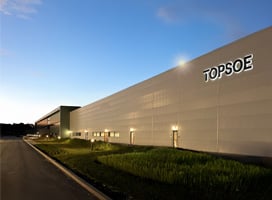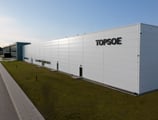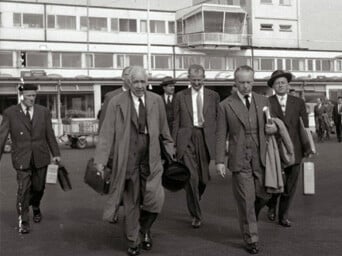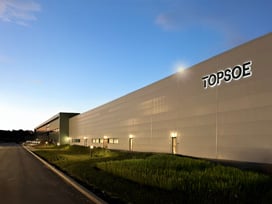How the TIGAS process works
The TIGAS process is a versatile process adaptable to a wide range of feedstocks, plant capacities, and gasoline specifications. This makes it a flexible solution suitable for diverse applications.
The TIGAS process efficiently converts a variety of carbon-containing feedstocks such as natural gas (or associated gas), biogas, biomass, wastes, and CO2 (from carbon capture) into high-quality and high-value gasoline. Methanol is produced as an intermediate product which is then converted into gasoline using simple fixed-bed reactors.
Figure below illustrates the main steps of the TIGAS process, which we offer as an integrated process. As a single licensor, we are behind most of the technologies required for the process which ensures a smooth project execution and consistent performance.
.png)
































